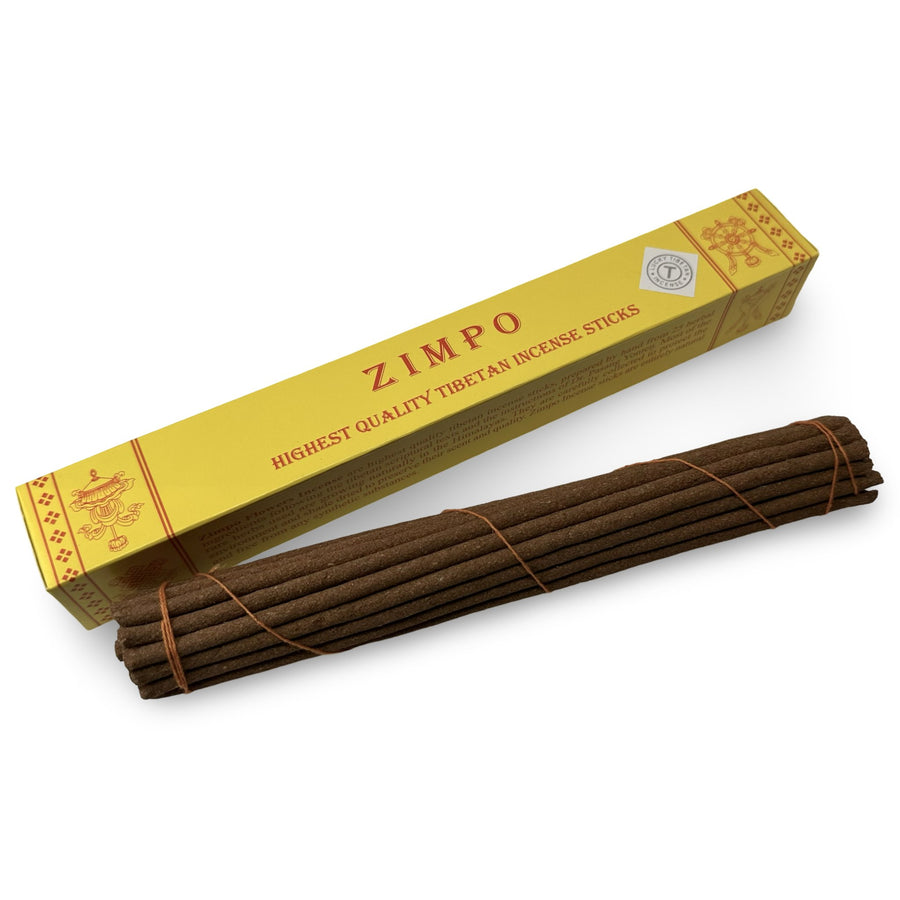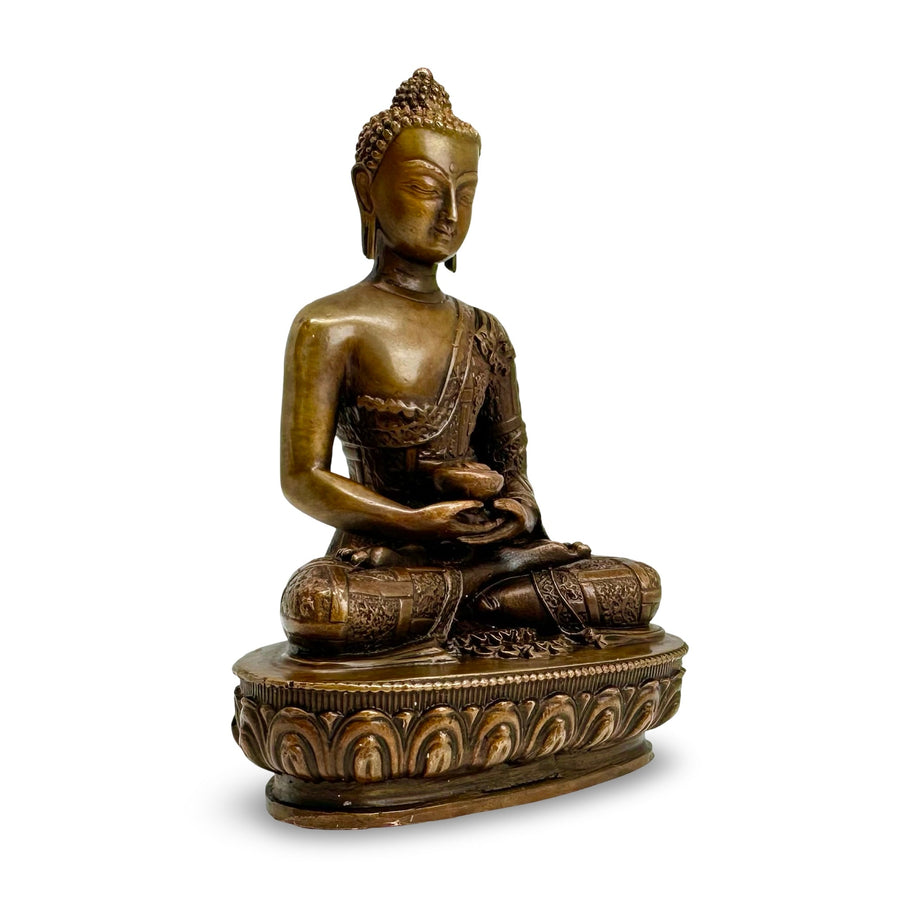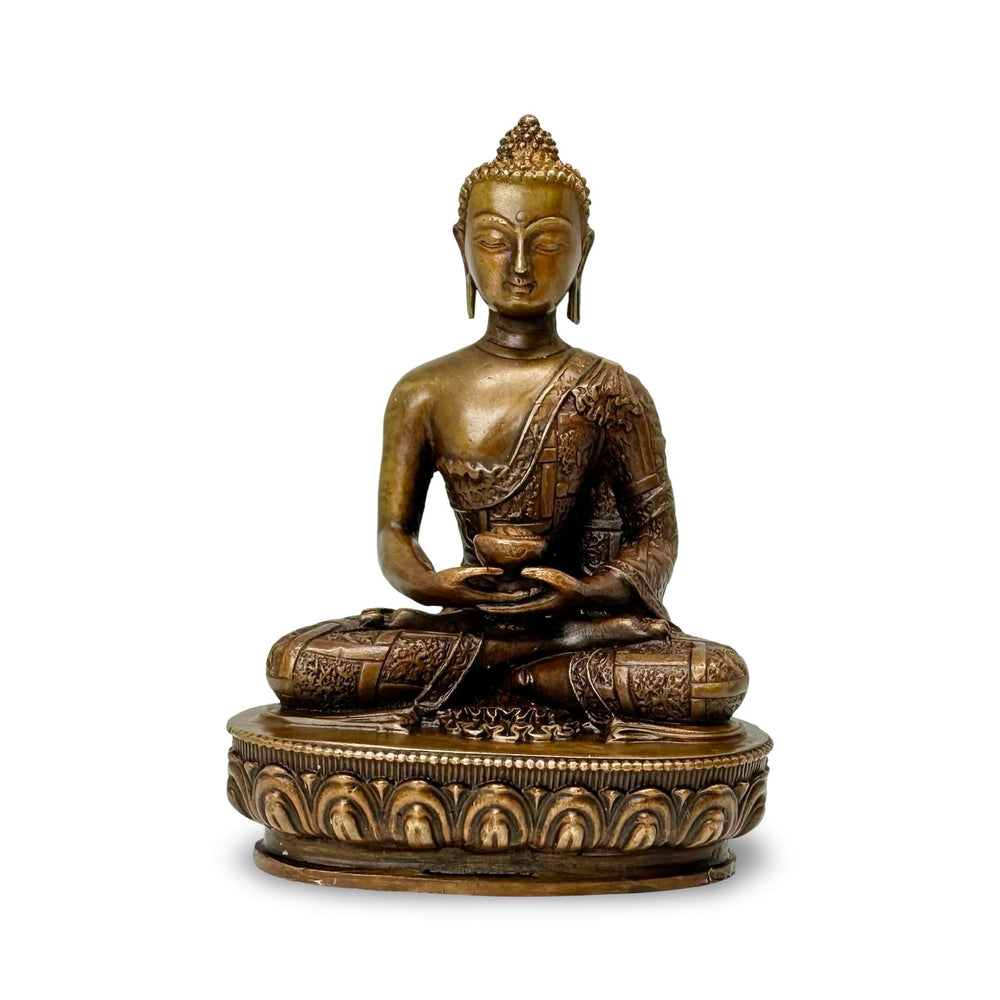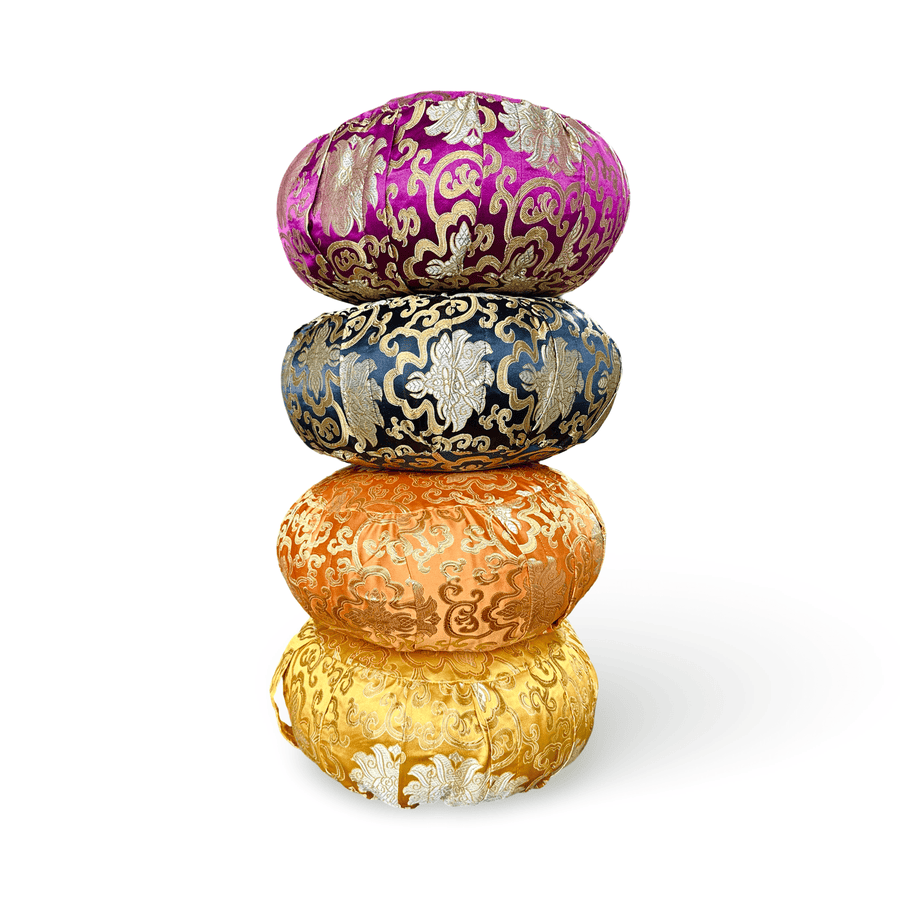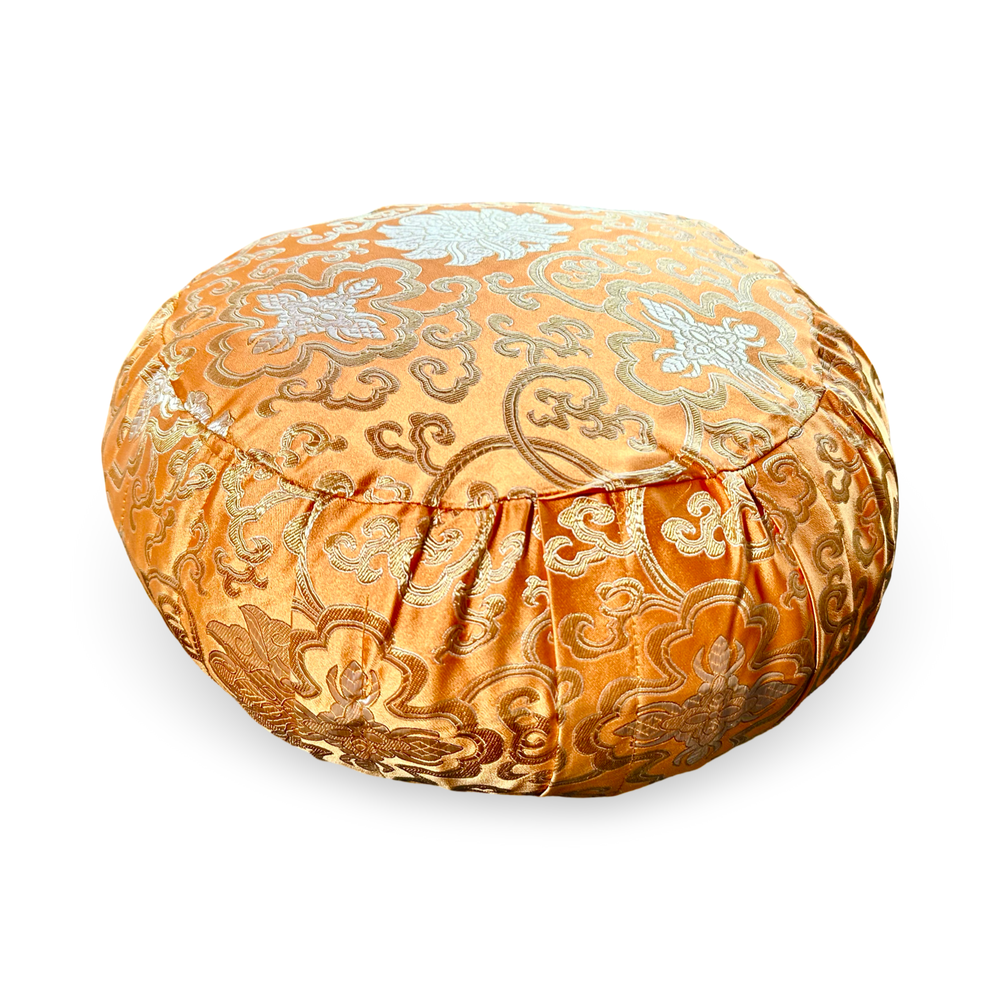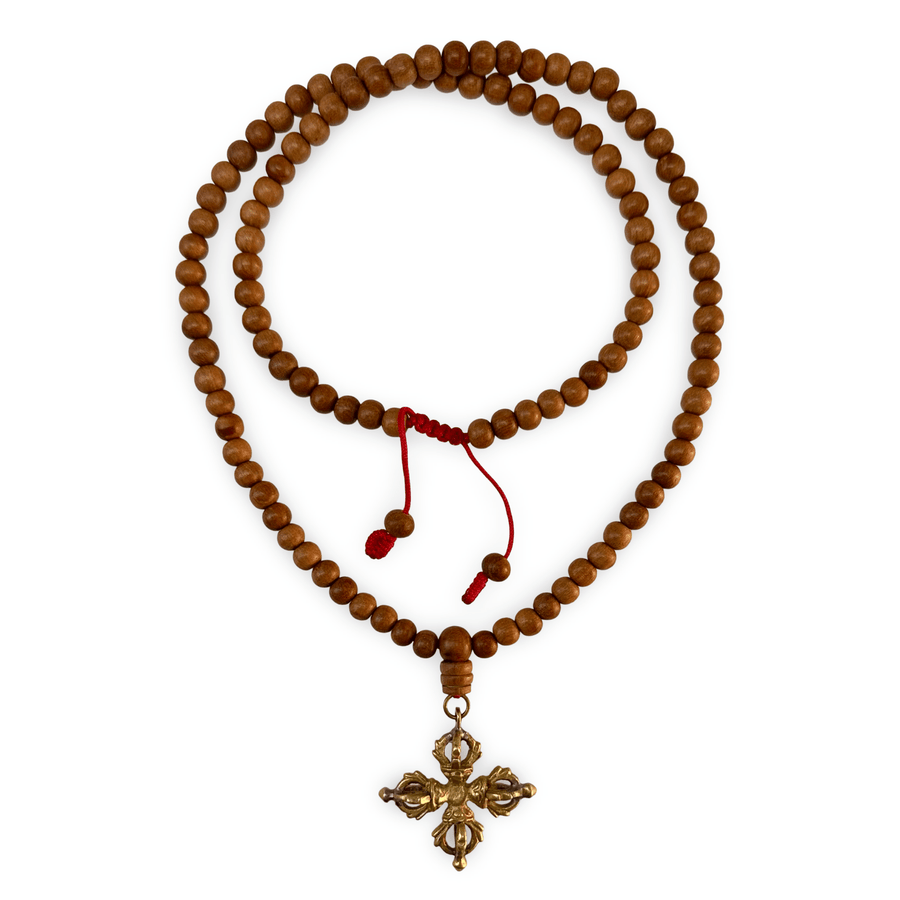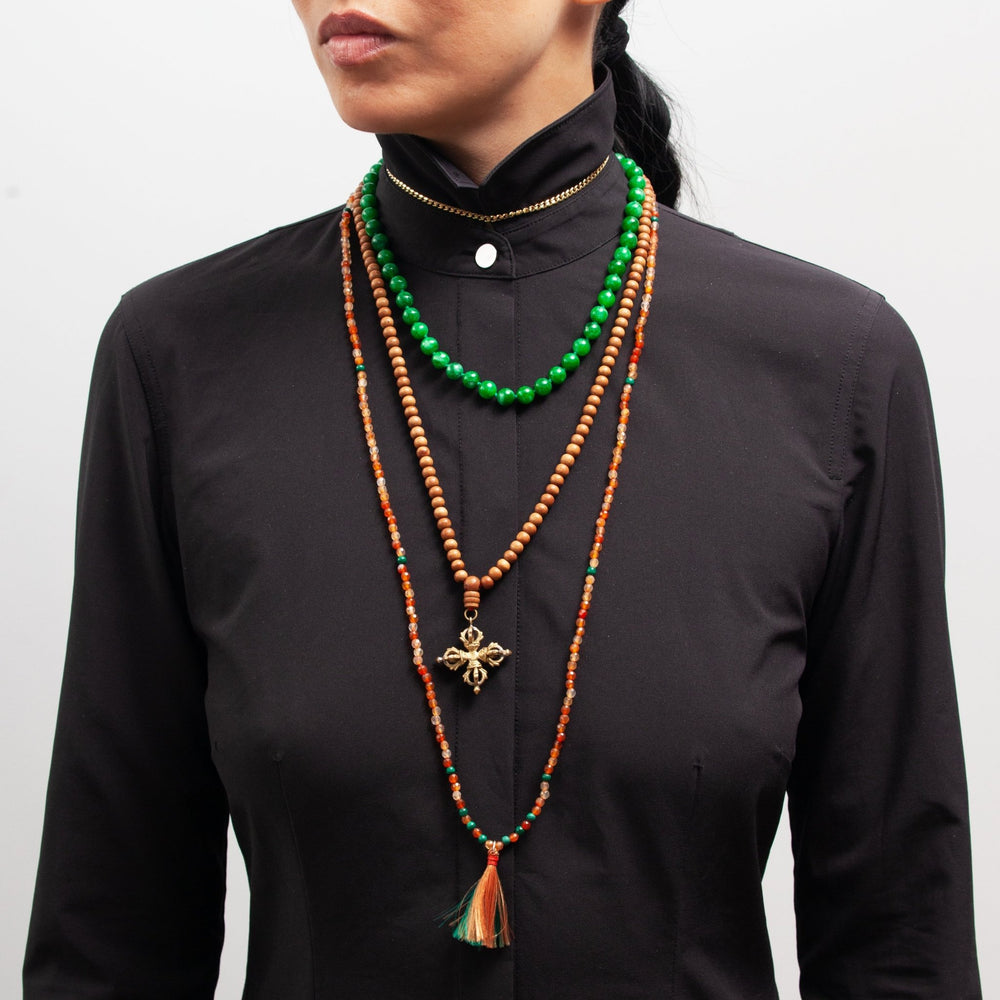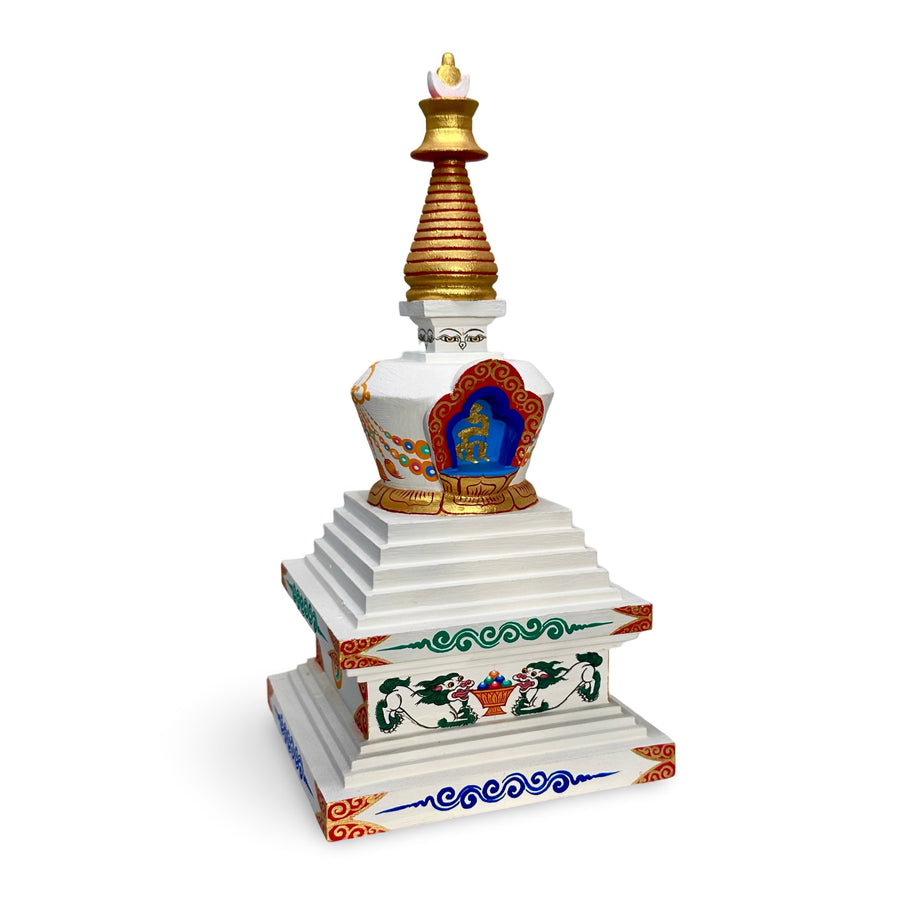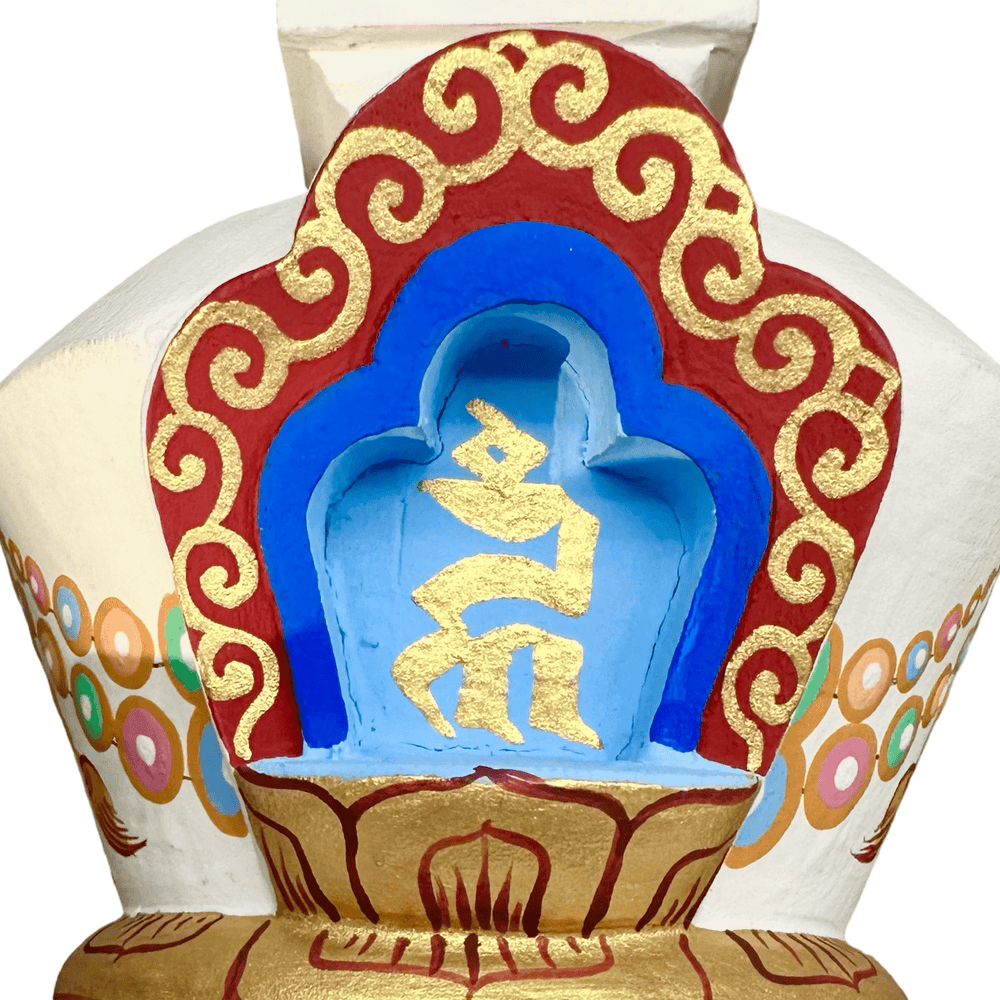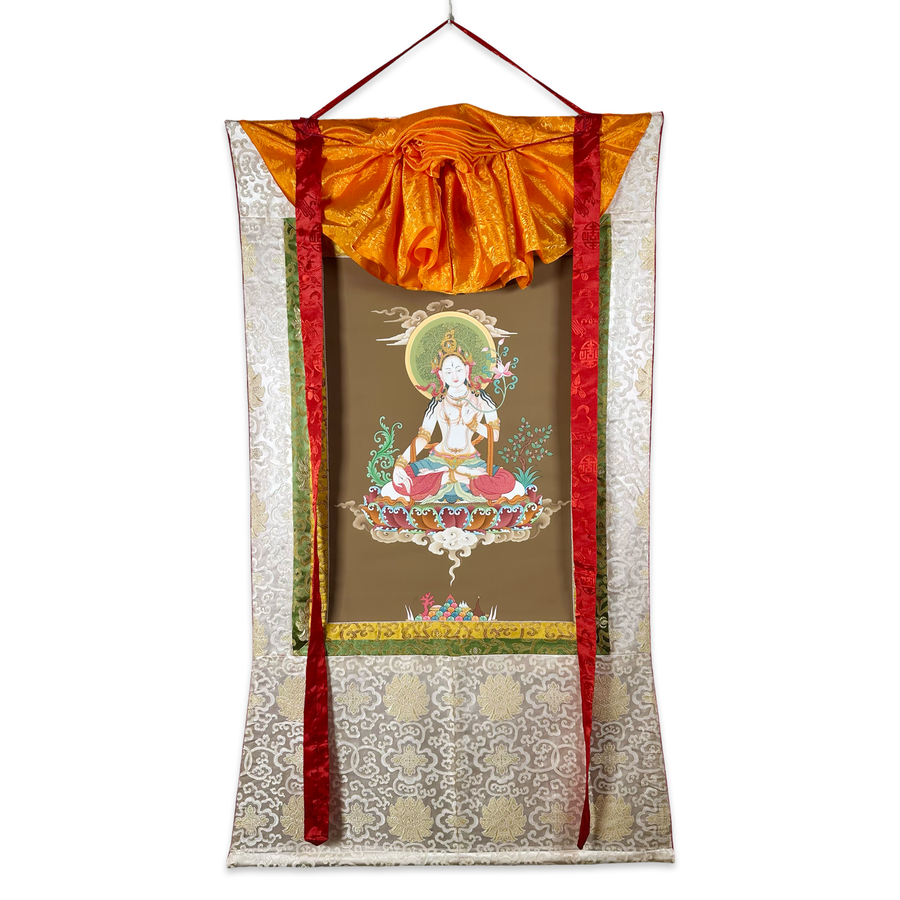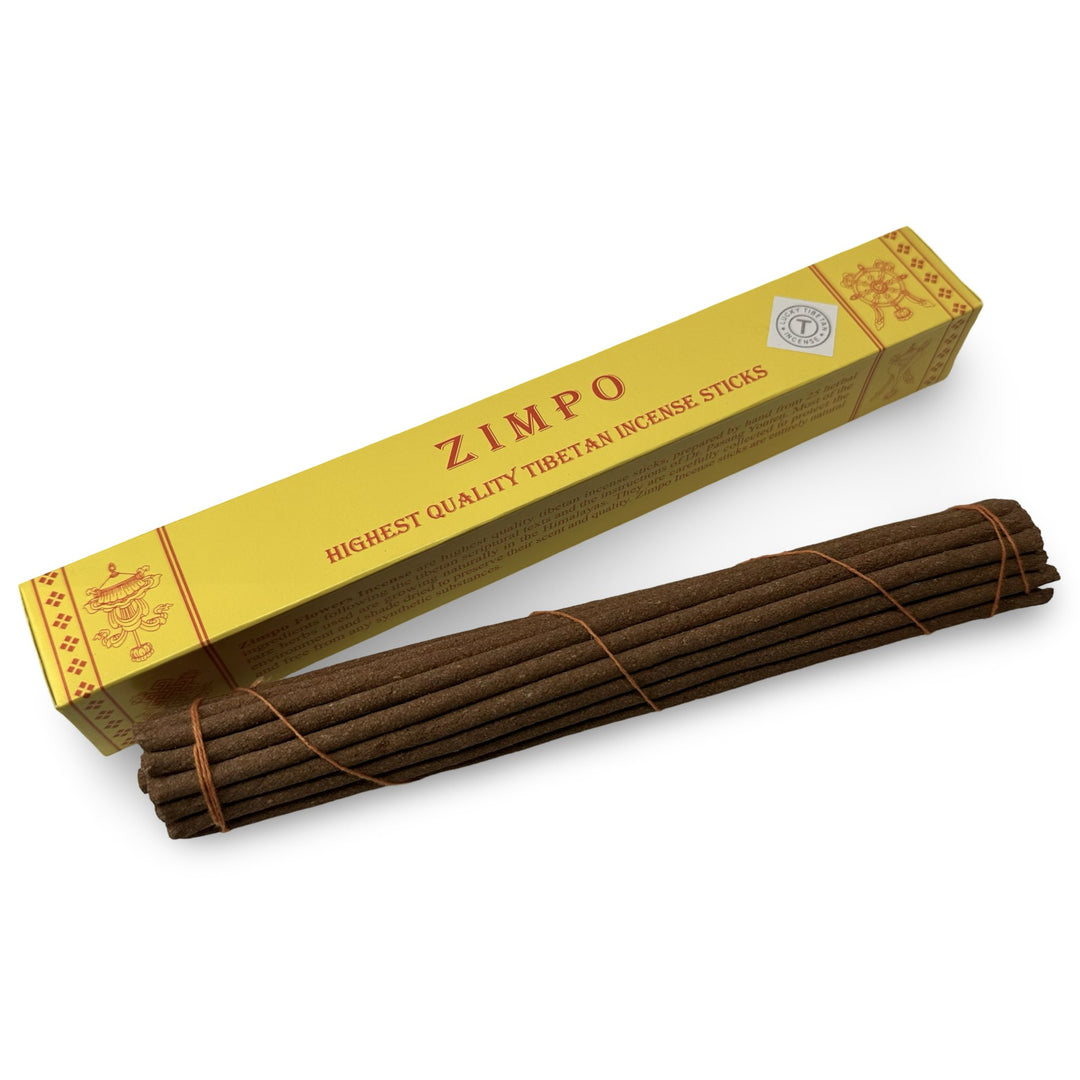
Zimpo incense sticks
Zimpo is a term from Tibetan culture and medicine and traditionally refers to a type of incense or incense made from a mixture of natural herbs, resins and plants. Zimpo incense is often used in spiritual and medicinal contexts and is an important part of Tibetan healing and meditation practices.
Properties and meaning of Zimpo:
- Purification and protection: Zimpo is used to energetically cleanse rooms and people and to protect them from negative energies.
- Healing effect: In Tibetan medicine, zimpo is said to have a calming effect, promote well-being and support the balance of body and mind.
- Spiritual connection: It is often used during meditations, rituals and prayers to create a deeper spiritual connection.
Ingredients:
The exact composition of Zimpo varies according to tradition and purpose, but often contains:
- Juniper (Juniperus sp.): For purification and protection.
- Rhododendron: For spiritual energy and balance.
- Sandalwood (Santalum album): For calming and meditation.
- Artemisia (mugwort): For healing and purification.
Uses:
- Rituals: Zimpo is burned to create a pure and harmonious atmosphere.
- Meditation: Supports concentration and deepens meditative practice.
- Therapeutic: In Tibetan medicine, it is used to support healing processes.
Zimpo is a symbol of the rich cultural and spiritual tradition of Tibet and is valued worldwide for its harmonizing effect and contribution to spiritual and emotional well-being.
- Contents: approx. 27 sticks
- Length: 19 cm
- Burning time: approx. 20 minutes
- Weight: 52 g
Bracelets, bracelets, bracelets, bracelets, chains
| age | Wrist circumference |
|
Newborn |
9 - 12 cm |
|
6 months - 3 years |
12 - 14 cm |
|
4 - 10 years |
14 - 15 cm |
|
Teenager, ladies (XS) |
15 - 16 cm |
|
Ladies (M) |
16 - 17 cm |
|
Ladies (XL) |
18 - 19 cm |
|
Men (M) |
18 - 20 cm |
|
Men (XL) |
21 - 22 cm |
The length of the bracelet may be 1 cm to 3 cm longer than the measured wrist circumference, depending on your taste.
Finger rings
| Ring size | Inner diameter | Inner circumference |
|
48 |
15,3 mm |
48 mm |
|
50 |
15.9 mm |
50 mm |
|
52 |
16.6 mm |
52 mm |
|
54 |
17.2 mm |
54 mm |
|
56 |
17.8 mm |
56 mm |
|
58 |
18.5 mm |
58 mm |
|
60 |
19.1 mm |
60 mm |
|
62 |
19.7 mm |
62 mm |
|
64 |
20.4 mm |
64 mm |
|
66 |
21.0 mm |
66 mm |
- Take a ring that fits well.
- Place it on a ruler and measure the inner diameter (from one inner edge to the other).
- Compare the diameter with the table to determine the ring size.
- Take a thin strip of paper or thread.
- Wrap it around the part of the finger where you want the ring to sit (not too tight).
- Mark the point where the ends meet.
- Measure the length of the strip in millimeters. This is the inner circumference.
- Find the right size in the table.
- Measure the finger size in the evening, as fingers swell slightly during the day.
- If you are between two sizes, choose the larger size.
- Make sure that the ring fits over the knuckle.
- Free shipping from CHF 150


